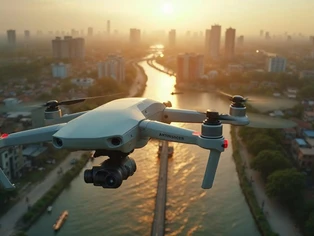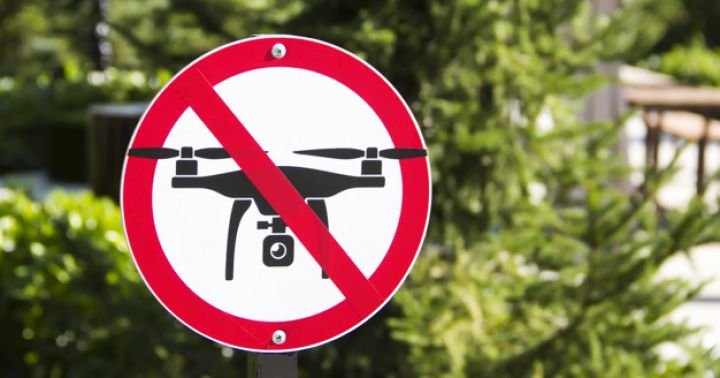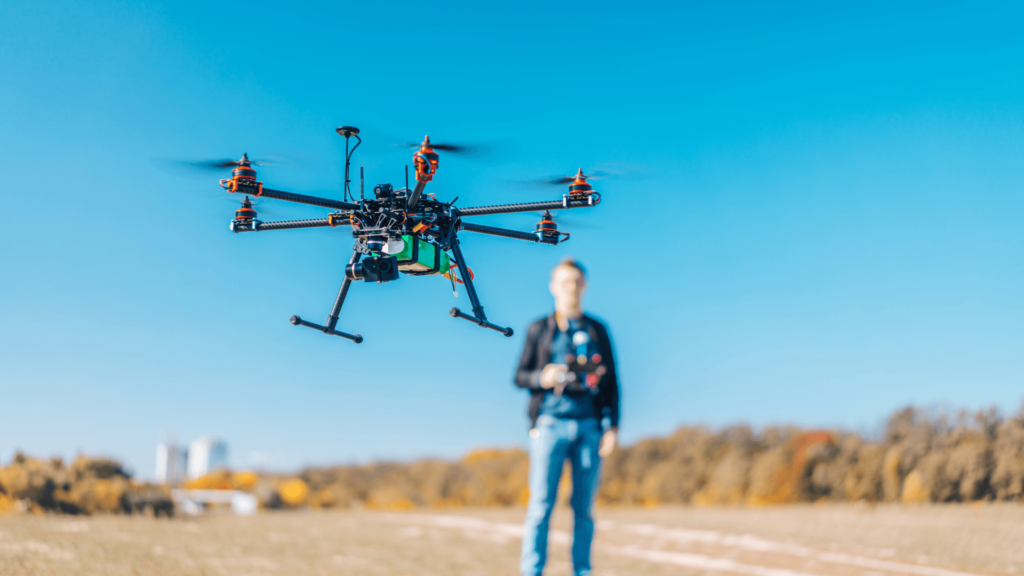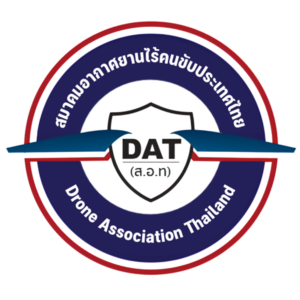No-Fly Zone for Drones: A Must-Know for Beginner and Professional Drone Pilots
Drone flying has become widely popular today, whether for photography, surveying, or entertainment. However, an essential aspect that all drone pilots must be aware of is understanding and recognizing no-fly zones for drones to ensure safety and strict compliance with the law.
What is a drone no-fly zone?
A drone no-fly zone refers to an area where the operation of unmanned aerial vehicles (drones) is strictly prohibited or requires special permission prior to flight, in order to ensure safety and prevent potential hazards.


Types of Drone No-Fly Zones
1. Absolute No-Fly Zone
- Palaces and Royal Grounds
- Important Government Facilities
- Security Agencies
- Prisons and Correctional Facilities
- Nuclear Power Plants and High-Risk Industrial Facilities
2. Restricted Flight Zone Requiring Permission
- Airports and Surrounding Areas
- General Government Facilities
- Archaeological Sites
- National Park
- Venue or location for major events or activities
Important rules and regulations

Flight permission request
- Register the drone with the Office of The National Broadcasting and Telecommunications Commission (NBTC)
- Apply for a drone pilot license
- Purchase mandatory insurance
- Check the no-fly zone map before every flight
Safety guidelines
- Fly at an altitude not exceeding 90 meters
- รักษาระยะห่างจากตัวโดรนในระยะที่มองเห็นได้ตลอดเวลา
- Do not fly in unfavorable weather conditions
- Do not fly over crowds or gatherings of people
- Respect individual rights and privacy
Penalties for violations
Violating drone no-fly zone regulations is subject to both civil and criminal penalties:
- Maximum fine of 1,000,000 baht
- Imprisonment for up to 5 years
- Confiscation of the aircraft
- Revocation of license
Tips for beginner drone pilots
Pre-flight preparation
- Study and understand the regulations
- Check the weather conditions
- Survey the flight area in advance
- Prepare the equipment properly
- Plan the flight route
Essential skills
- Basic drone control
- Map and coordinate reading
- Risk assessment
- Emergency situation handling
Future trends and developments
The regulation of drone no-fly zones is likely to evolve alongside technology:
- Automatic drone detection and tracking system
- Real-time data integration
- Stricter safety standards
- Modernization of laws
Summary
Understanding and complying with drone no-fly zone regulations is essential for all drone pilots. It not only helps maintain public safety and order, but also promotes the sustainable development of the drone industry. Responsible drone operation builds social acceptance and trust, which are fundamental for the future advancement of drone technology.
